Just one new decision from China has caused Vietnamese businesses to lose nearly 5,000 billion VND in fruit and vegetable exports, while in Thailand two ministers are arguing fiercely because durian is being returned.
Preliminary statistics from the Customs Department show that as of March 15, Vietnam's fruit and vegetable exports only reached 896.7 million USD, down about 13% over the same period last year.
China is still the largest export market for Vietnamese fruits and vegetables, accounting for 55-65% of the total export value of this key commodity of our country, depending on the time. Many key products such as mango, banana, durian... rank second in exports to China - the world's largest fruit and vegetable consumer market.
However, exports to the country of over 1.4 billion people in the first two months of this year only reached 305.7 million USD, down 39% compared to the same period last year. That is, in just the past two months, our country's fruit and vegetable export enterprises have lost about 4,990 billion VND in revenue in the Chinese market.
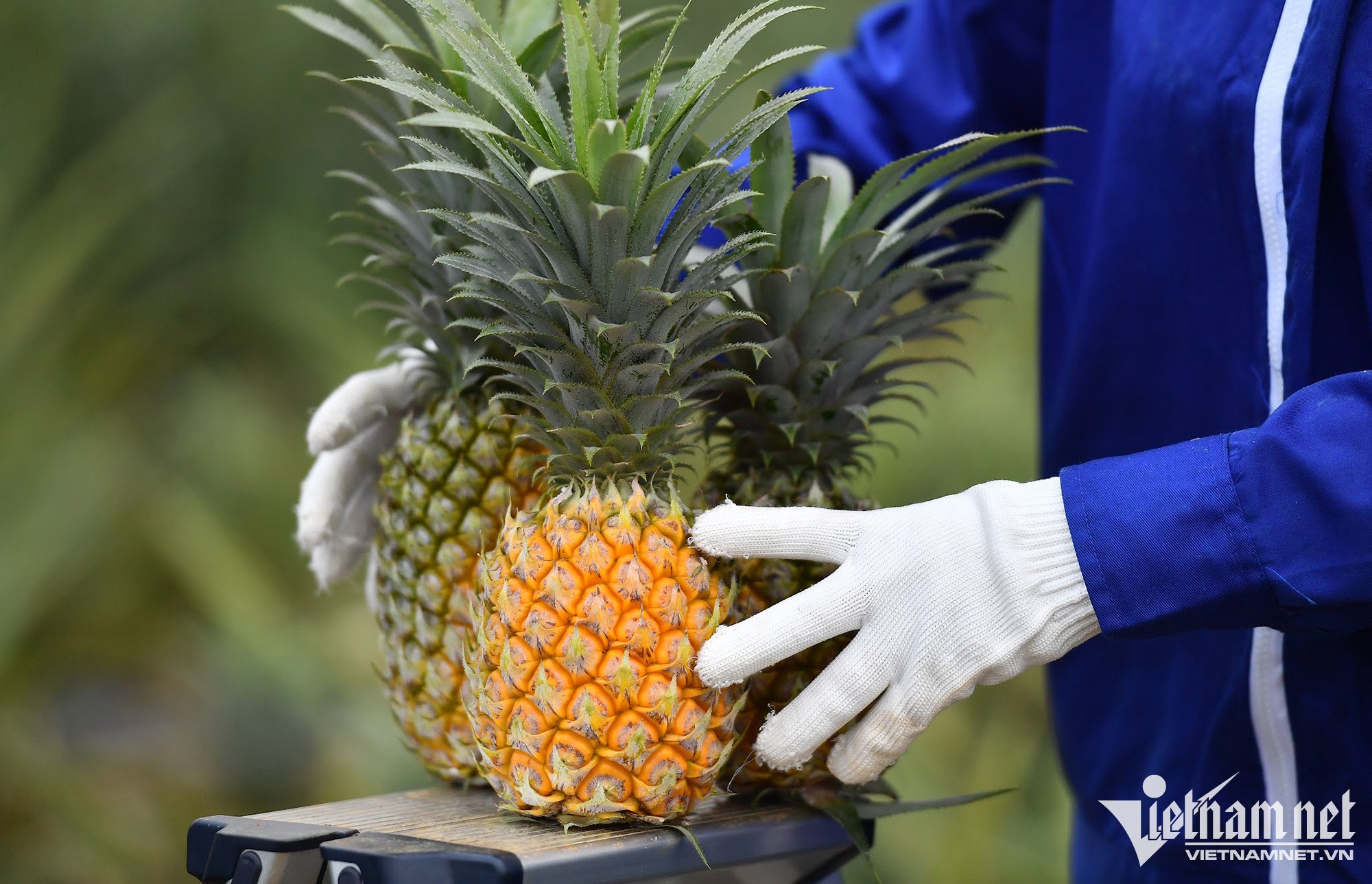
The main reason is that Chinese customs discovered yellow O on durian imported from Thailand. This is a hazardous substance that causes cancer in animals and humans. Therefore, in addition to the previous Cadmium inspection certificate, Chinese authorities have applied the regulation of quarantine of yellow O on 100% of durian batches.
This caused hundreds of containers of durian to be stuck at the border gate earlier this year. Many businesses then had to complete a certificate of no O-yellow and a certificate of cadmium at the permitted level to clear customs.
Mr. Dang Phuc Nguyen - General Secretary of the Vietnam Fruit and Vegetable Association, said that in the first months of the year, durian products have decreased sharply. Currently, the Chinese market is still checking 100% of imported durian batches for residues of yellow O and cadmium.
Meanwhile, products exported from Vietnam are only tested at a certain rate. At the border gate, the Chinese side takes samples for re-testing, and if the product fails, it will be returned. This makes it difficult not only for fresh durian but also for frozen products, and many businesses do not dare to enter the market.
Mr. Nguyen Dinh Tung - CEO of Vina T&T - shared that currently, export orders to the Chinese market are mainly fresh coconuts.
As for fresh durian, the company has not yet resumed exporting and is taking steps to ensure the most effective export. Because each container of durian is worth up to several billion VND. If not well prepared, the exported goods are destroyed or turned back through the border gate, the loss to the company will be significant, he admitted.
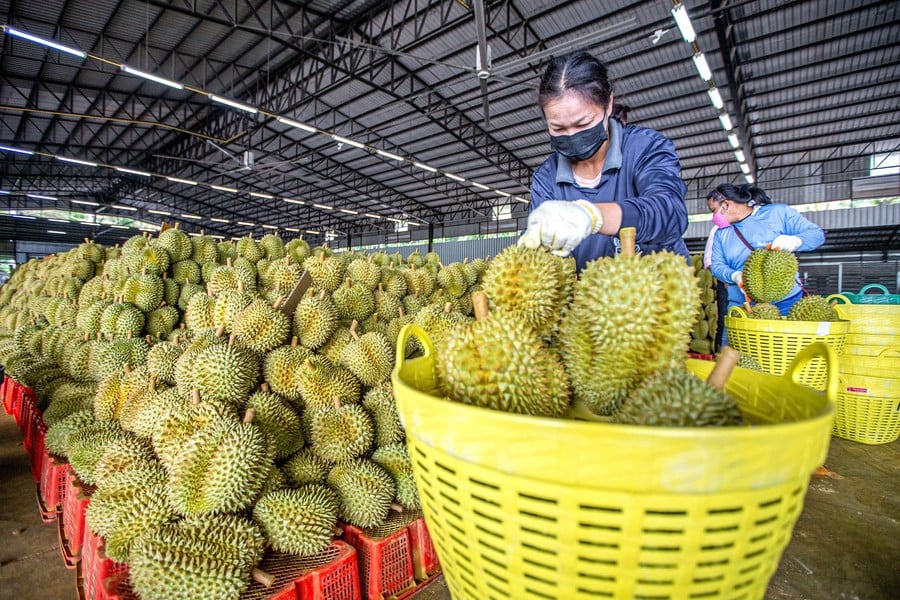
Meanwhile, in Thailand, China's move to tighten inspections of yellow O and refuse to import 64 tons of durian caused a heated argument between the country's Minister of Commerce and Minister of Agriculture and Cooperatives at a cabinet meeting on March 18.
Despite the heated debate, the common goal is to maintain Thailand's position as a leading durian exporter to China.
In recent years, Thailand and Vietnam have become the two largest durian suppliers to the Chinese market.
Accordingly, Thai policymakers continue to seek to balance regulatory compliance with maintaining trade competitiveness. At the same time, this is also a lesson in export standards compliance. Compliance with inspection standards is a necessary condition for Thailand to maintain its competitive advantage in the export market.
After the meeting, the Ministry of Commerce pledged to coordinate and resolve the issue, thereby demonstrating Thailand's strong growth potential.
Faced with the above incident, Vietnamese authorities also quickly worked with Chinese authorities to resume durian exports.
The Ministry of Agriculture and Environment has announced a list of nine testing laboratories recognized by Vietnam and China as qualified to issue certification. Accordingly, with the licensed yellow O testing laboratories, export activities have resumed and durian prices are also on the rise again.
However, due to the sharp decline in turnover in the Chinese market in the first months of this year, the Vietnam Fruit and Vegetable Association assessed that fruit and vegetable exports will find it difficult to reach the target of 8 billion USD in 2025.

Source: https://vietnamnet.vn/dong-thai-cua-trung-quoc-doanh-nghiep-viet-hut-5-000-ty-2383957.html





![[Photo] General Secretary To Lam attends the 80th Anniversary of the Cultural Sector's Traditional Day](https://vstatic.vietnam.vn/vietnam/resource/IMAGE/2025/8/23/7a88e6b58502490aa153adf8f0eec2b2)


![[Photo] Prime Minister Pham Minh Chinh chairs the meeting of the Government Party Committee Standing Committee](https://vstatic.vietnam.vn/vietnam/resource/IMAGE/2025/8/23/8e94aa3d26424d1ab1528c3e4bbacc45)






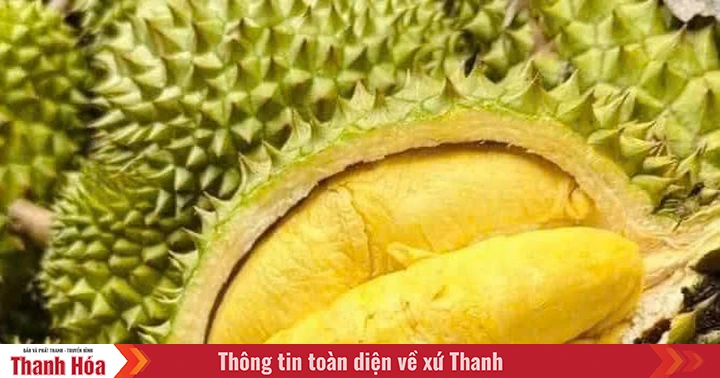

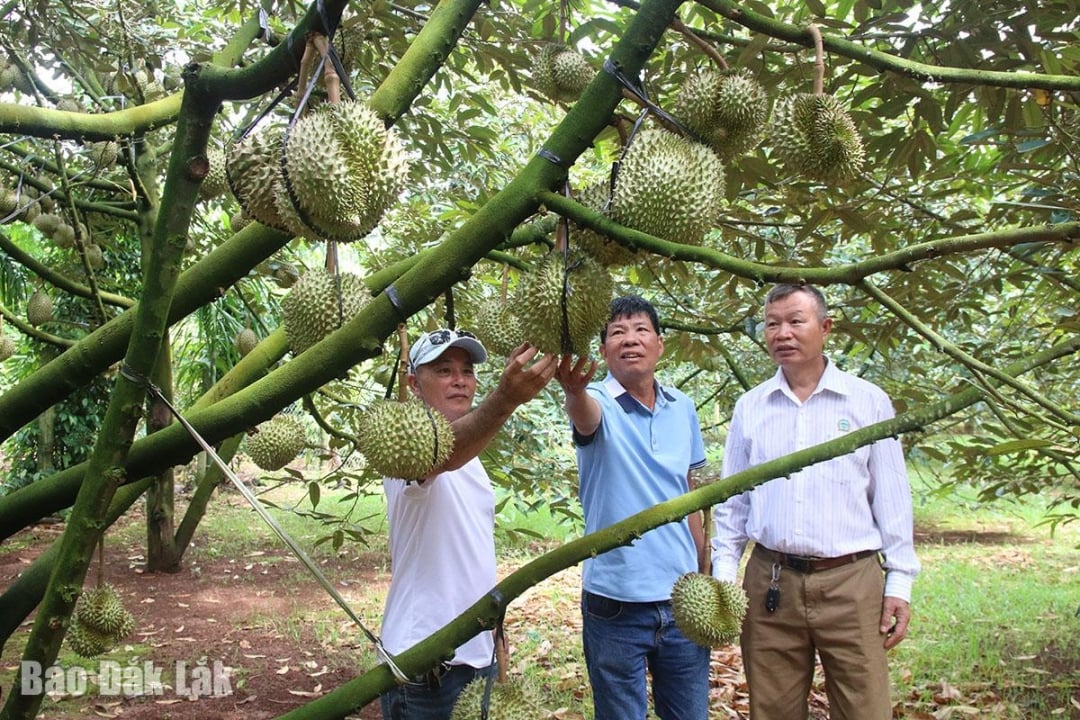

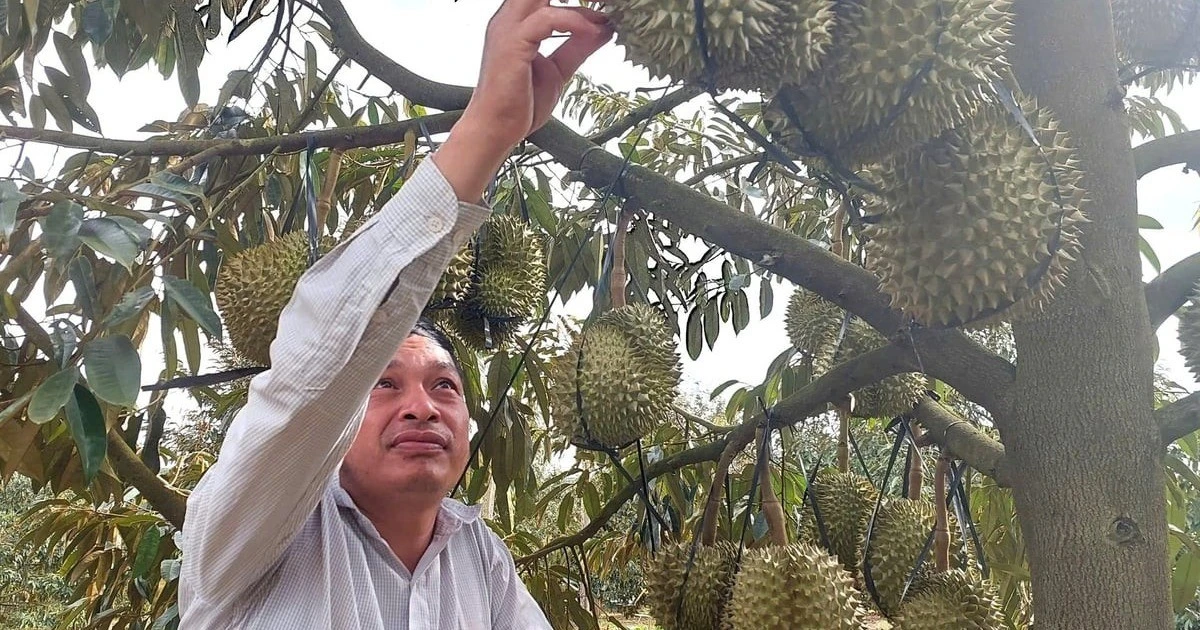




















































































Comment (0)